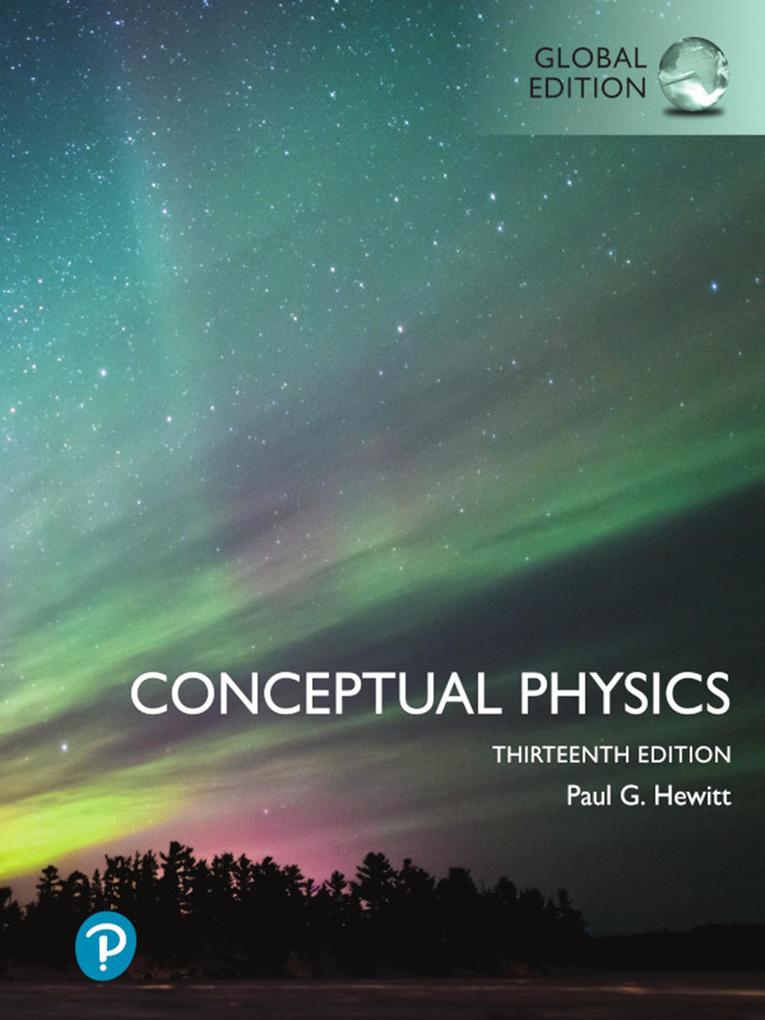Paul G. Hewitt Becoming a physics instructor and textbook authordidn't seem a likely outcome of my earlier years. I grew up in Saugus (nearBoston), Massachusetts. In my high school years, an influential counselorconvinced me that I wouldn't have to take academic courses due to my talent forart. My passions at the time were drawing comic strips, rink roller-skating, and especially boxing, which helped repel school bullies. At age 17, I won thesilver medal of the New England Amateur Athletic Union in the 112-pound class. Shortly after that, I delivered newspapers, painted signs, and learnedsilk-screen printing in Boston, where I met life-long friend Ernie Brown, whoinfluenced me to spend two winters with him in Miami, Florida. I dedicated theeleventh edition of Conceptual Physics to Ernie.
In 1953, during the Koreanconflict, I was abruptly drafted into the Army. I was fortunate, however, thatthe war ended on my last day of basic training at Camp Carson in ColoradoSprings. My Army discharge occurred during the craze of uranium prospecting, which nurtured the hope of financial security. I took that gamble and remainedin Colorado to prospect for uranium, supporting myself as a sign painter in thetown of Salida. I discovered uranium-tainted rock in the Sangre de ChristoMountains that raised my hopes, but not my income. More importantly, Idiscovered and fell in love with Millie Luna. Winter snow prevented access tomy uranium claims, so I went back to Saugus, and then to escape the cold NewEngland winters, I returned to Miami.
Life-changing events occurred inMiami. First, I married Millie. Second, I met sign painter and science buffBurl Grey and his intellectual mentor, Jacque Fresco. Both inspired me topursue a life of science. I returned north and with the G. I. Bill, enrolled atNewman Preparatory School in Boston to make up for high-school deficiencies. Atthe age of 27, I began college at Lowell Technological Institute (now theUniversity of Massachusetts Lowell). After I received a Bachelor of Science degreein physics, Millie and I and our two children ventured west, where I would earna Master of Science degree in physics at Utah State University (USU). There, Iwas inspired by the extraordinary teaching of Farrell Edwards and John J. Merrill. USU friends Huey and Sue Johnson influenced us to follow them to SanFrancisco, where Huey, a passionate environmentalist, began his career as WesternDirector of the famed Nature Conservancy and soon became California's Secretaryof Resources during Jerry Brown's administration. Huey also founded The Trustfor Public Land, an organization that saves tracts of land from unwantedcommercial development, and he later founded the nonprofit Resource RenewalInstitute. Best friend extraordinaire Huey passed away in 2020 fromcomplications after a fall. It was with Huey's assistance in 1964 that I washired as a long-term substitute at City College of San Francisco (CCSF).
My teaching assignment was thecourse least popular among my colleagues, Physics 10, which was geared towardnon-science majors, the very students I wanted to reach. My teaching goal wasnot to swell the ranks of physicists, but to share my love of physics with allstudents. I very soon discovered that the best of my algebraic derivations wereunappreciated. Nor did students think much of my simple problems that usedequations as recipes to come up with numerical answers. My teaching evolved to"physics without numbers," and Physics 10 soon became the mostpopular elective course on campus. I yearned to teach from a new and excitingtextbook, Physics for the Inquiring Mind, by Eric Rogers, but mydepartment chair found it unacceptable because it was too large and heavy forstudents to tote around.
That meant I would have to writemy own book. Inspired by the Rogers book and Basic Physics, a new, clearly written textbook by Kenneth Ford, I frantically spent the summer of1969, the yea









